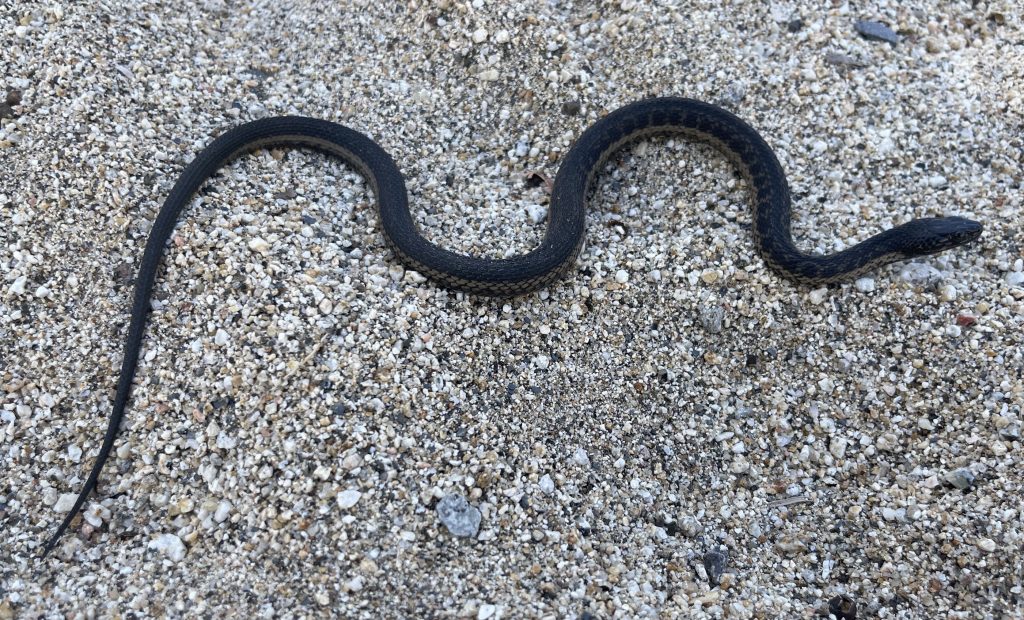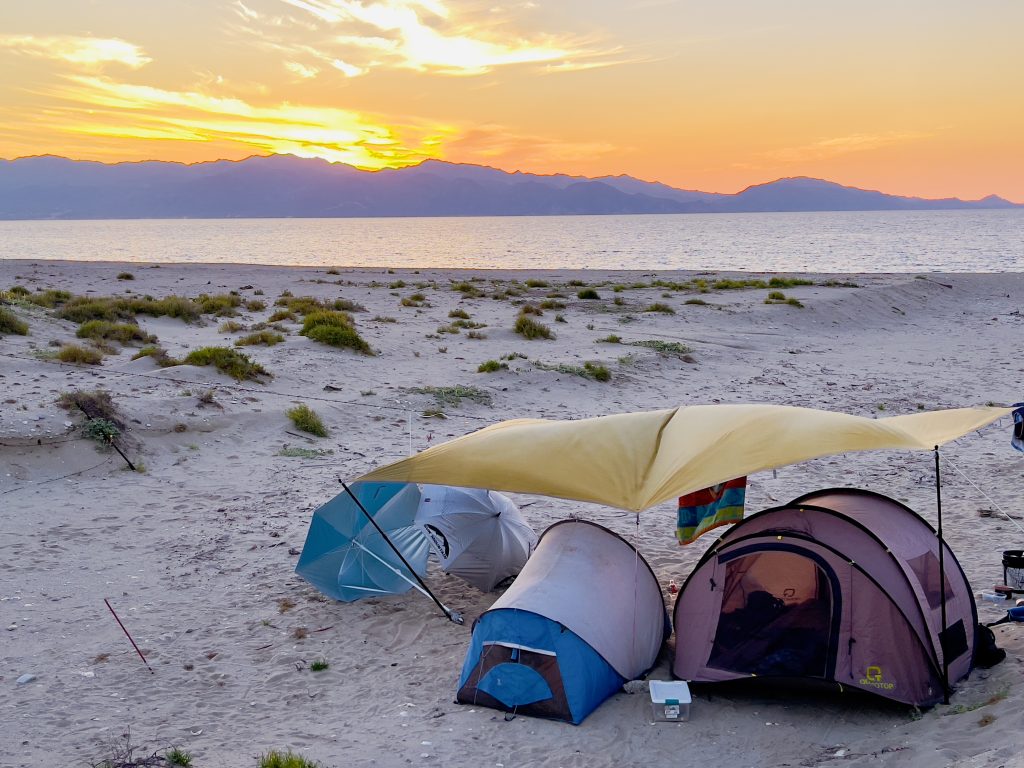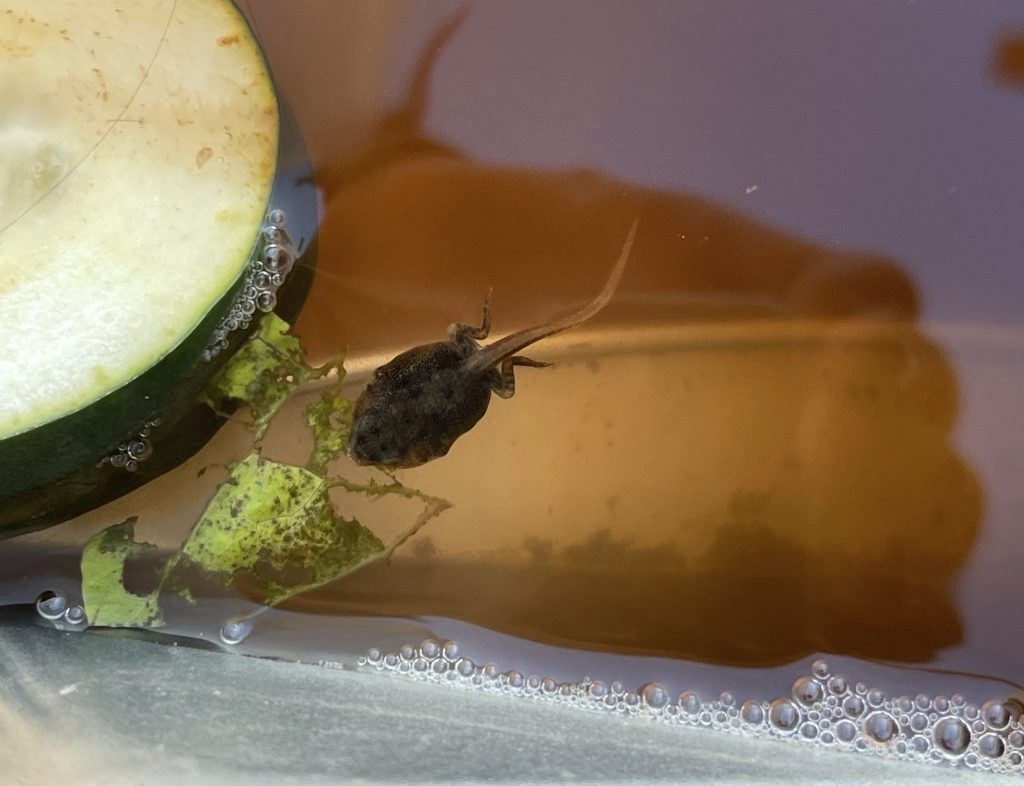
I write about species that I have found in the wild but, unfortunately, I am starting to run out. However, today, after some scrounging and a quick search through my pictures, I remembered the San Lucan Gecko.
San Lucan Geckos (Phyllodactylus unctus) are very similar to Asian House Geckos (Hemidactylus frenatus), which are the ones all over La Ventana and which I wrote about in a previous column. However, San Lucan Geckos have a much more distinct pattern and they are supposed to be here, unlike Asian House Geckos, which are considered an invasive species.
San Lucan Geckos are sometimes called Leaf-Toed Geckos, as their toes somewhat resemble leaves. I have found San Lucan Geckos north of El Sargento, as well as south of La Ventana, but I have never seen one in town. My theory is that the invasive house geckos outcompete them by eating the same food, liking the same habitats and laying eggs more frequently. The Asian House Geckos are also well-evolved for life in houses, along walls and around other man-made structures.
San Lucan Geckos, although now faced with invasive threats, are still prolific in many areas, and hope is definitely not lost. For example, I have observed San Lucan Geckos all over our friend’s house hiding under lights and eating moths. Although I saw house geckos too, there were probably three San Lucan Geckos to every house gecko. I don’t love online school, and usually try to avoid math in general, but those seem like pretty good stats to me. (No offense to my lovely teacher who I think reads my columns.)








